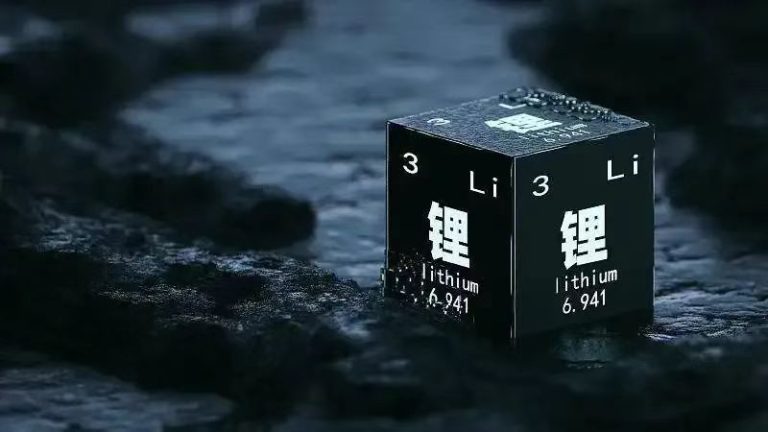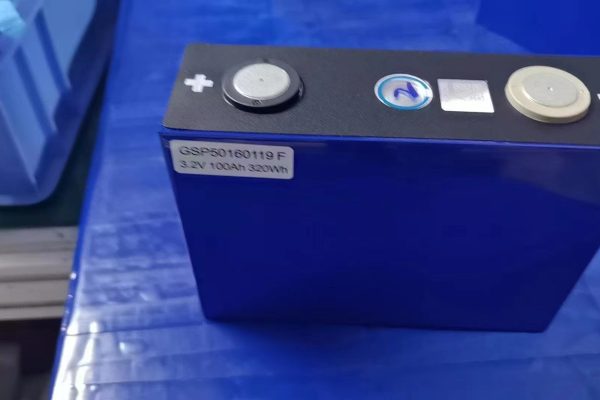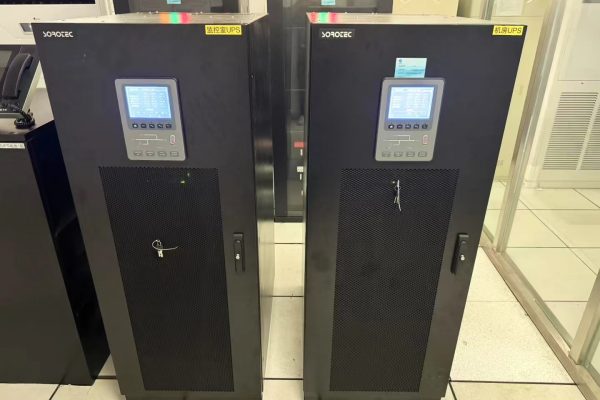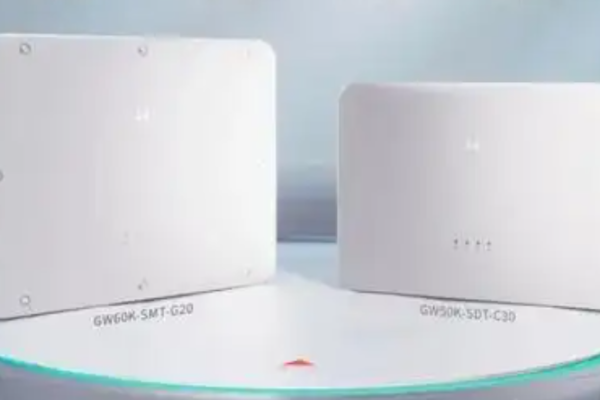Technology, Materials, and Potential Applications
As the demand for faster, smaller, and more efficient energy storage grows, one technology gaining attention in labs and early prototypes is the nano battery. But what exactly does the term mean? Is it just marketing—or a real technological leap?
This article breaks down the fundamentals of nano batteries, the nanomaterials involved, how they differ from conventional batteries, and where we might see them first deployed.
⚛️ What Is a Nano Battery?
A nano battery refers to an energy storage system that leverages nanotechnology to enhance one or more of the battery’s core components:
- Electrodes (anode/cathode)
- Electrolyte
- Interface between them
This is not necessarily a tiny-sized battery (though it can be); the term refers to the use of nanoscale materials or architectures—where at least one dimension is measured in nanometers (1 nm = 10⁻⁹ m).
The goal:
⚡ Faster charging, 🔋 greater energy density, and 🔁 longer cycle life.
🔬 Core Materials and Structures
1. Nanostructured Electrodes
Most current nano battery research focuses on creating nanoporous, nanowire, or nanotube electrodes—especially for the anode. For example:
| Material | Nanostructure Form | Benefits |
|---|---|---|
| Silicon | Nanowires, hollow spheres | Ultra-high capacity (up to 10× graphite) |
| Carbon (CNTs) | Nanotubes | High conductivity, flexible structure |
| Metal Oxides | Nanosheets, rods | Used in lithium-ion and metal-air batteries |
2. Solid-State Electrolytes with Nanofillers
Nanoparticles can improve the ionic conductivity and mechanical stability of solid-state electrolytes—key for safe, compact designs.
3. Nano-Scale Interface Engineering
Controlling the interface between electrode and electrolyte at the nanoscale helps:
- Prevent dendrite formation
- Reduce interfacial resistance
- Improve thermal stability
🔄 How Are Nano Batteries Different from Li-ion Batteries?
| Feature | Traditional Li-ion | Nano-enhanced Battery |
|---|---|---|
| Electrode structure | Bulk material | Nanowires / Nanoparticles |
| Charging speed | Moderate | Potentially ultra-fast (mins) |
| Cycle life | 500–2,000 cycles | 2,000+ (projected) |
| Safety | Risk of swelling / fire | Improved thermal control |
| Commercial readiness | Fully commercial | Mostly in R&D or niche |
🧪 Key Nano Battery Technologies in Development
🔋 Silicon Nanowire Anodes
- Replace graphite anodes for 10x theoretical capacity
- Challenge: silicon expands ~300% during cycling → mitigated by nanostructure flexibility
🔋 Lithium-Sulfur Nano Batteries
- Use sulfur cathodes + nano-conductive additives
- High energy density (>500 Wh/kg)
- Issue: polysulfide shuttle → addressed with nanoscale coatings
🔋 Solid-State Nano Batteries
- Combine solid-state electrolytes with nano-structured electrodes
- Ultra-safe, compact designs for EV and wearable applications
🏭 Potential Applications
Although still emerging, nano batteries are being actively explored in:
| Sector | Why Nano Batteries? |
|---|---|
| Consumer Electronics | Ultra-thin wearables, IoT devices, smart textiles |
| Medical Devices | Micro-implants, sensors with long runtime |
| Electric Vehicles | Higher energy density, faster charge cycles |
| Drones & Robotics | Lightweight with higher power output |
| Grid Storage (future) | Long cycle life, safer thermal profiles |
⏳ Are Nano Batteries Ready for Market?
While prototypes exist, mass-market nano batteries are still in early development due to:
- High production cost of nanomaterials
- Scalability challenges
- Manufacturing complexity
- Stability over thousands of cycles
However, commercial interest is rising—particularly for:
- Silicon-graphene hybrid anodes (already being used in some high-end EVs)
- Nano-enhanced solid-state designs in R&D by Toyota, QuantumScape, and others
📈 What It Means for Battery Buyers and Engineers
If You’re in Procurement:
- Expect nano-enhanced materials to first appear as “incremental upgrades” in existing Li-ion systems (e.g., anode additives)
- Ask suppliers whether they use any nano coatings, CNTs, or silicon blends
If You’re in R&D or System Design:
- Track developments in electrode architecture, solid-state electrolytes, and nanoparticle dispersion methods
- Watch out for cost/performance trade-offs in early nano-enhanced products
Nano batteries represent a promising frontier in energy storage. While not yet mainstream, the use of nanotechnology in batteries is real and growing—particularly in materials science and electrode design.
The future of nano batteries could reshape how we think about power density, form factor, and performance—from smart watches to solar+storage systems.
If you’re sourcing or integrating batteries, understanding the direction of nano tech will help you stay ahead—and make informed choices in a fast-changing market.
More details may you can visit website: https://graphenerich.com









